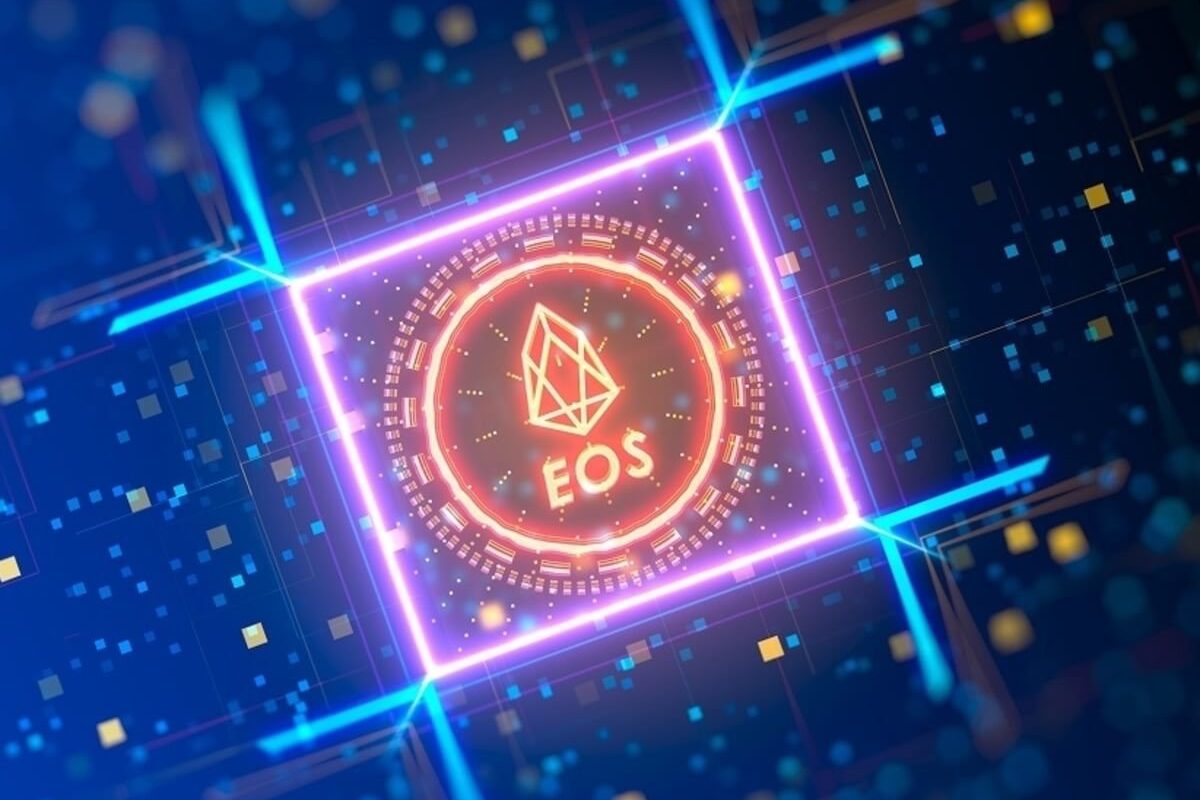15 Hard Questions To EOS (Part II)
This is the second part of our interview with four EOS block producers (BPs).

The same as in the first part, while their answers to our questions aren’t all reproduced here due to overlaps, they each offer unique insight into the philosophy behind EOS and into how it operates.
Read the first part here.
Read the third part here.
______
6. Why give all token holders 30 votes per token they hold? Won’t this simply allow ‘the 0.61%’ to vote in their preferred 21 block producers in one fell swoop?
Kevin Rose, Co-Founder/Head of Community EOS New York (a block producer based in NYC, US): This is called “Approval Voting” and is already a successful voting system in Bitshares and Steem […] With regard to large stakeholders shaping EOS as they see fit: those who have the most at stake have the most influence in EOS. Those who have the most at stake also have the most to lose so it behooves them to not vote for shell Block Producers or malicious actors. Even so, this will be something we want to actively watch over time. We’ve built a tool to track votes over time at eosstats.io to bring a degree of transparency into voting.
Tom Fu, Marketing and Brand Development, GenerEOS (a block producer candidate based in Sydney, Australia): That’s in fact a good point. Yes it would. If the top 10 EOS account holders would collude and vote for the same 21 BPs they would control the network. However, a lot of those top 10 are exchanges and based on the constitution, only the beneficial token owner is allowed to vote.
Devin Perera, Co-Founder/Head of Community EOS Hong Kong (a block producer candidate based in Hong Kong): We don’t know how this will affect the chain until results really stabilize. EOS is a blockchain with several human components, which are difficult to predict. We don’t know if people will use all 30 votes, or if they will vote for one only. Decreasing the number of votes per token could cause large voting inequalities and decrease the number of standby BPs.
7. It took about a week, countless Zoom calls and many heated discussion for all BPs to come to an agreement and accept the launch procedure and to deem the EOS codebase stable enough for a mainnet launch. Why?
Devin Perera, EOS Hong Kong: There are a couple reasons:
- Voting portals had not gone through full security audits. Therefore, block producer candidates, such as HKEOS, expressed concerns about the risks of using these portals. A more secure way of voting using cleos has been communicated to the public, but non-developers have had a more difficult time adopting this method.
- Large token holders (whales) [were] waiting to see what happens. There isn’t much reason for them to rush and skew the voting right away. Some of the whales [did] not want to create winners or losers directly based on their votes, which is why they may [have been] waiting until there [was] a higher voting percentage in place.
Tom Fu, GenerEOS: Once the network was finally launched it took again several days for the mainnet to be declared active as that required 15% of all EOS tokens to be voted with. This threshold was suggested by Block.one [developer of EOS] to indicate that the network had enough support to be declared “mainnet”.
The problem was that this 15% voting participation was hard to be achieved due to several reasons:
- No approved voting tools (other than command line) were available
- The voting portals that started showing up had no endorsements / code audits
- EOS holders were afraid of putting private key in 3rd party software / websites
- Reports about scams and phishing attacks made the rounds
- Lack of education about the voting process in general
- Exchanges had locked all EOS tokens until the the mainnet was launched (chicken-and-egg situation)
8. There were conflicting reports as to whether EOS would launch as soon as one block producer was selected, or as soon as 21 block producers were selected (as initially planned). Which was it?
Vytautas Kašėta, EOS Lithuania (a block producer candidate based in Lithuania): Good question. Looking from outside this would look an issue, yet the decision was made for a reliable launch. The initial plan was to select 21 appointed block producers and all the test launch sequences were being tested in such a manner.
All 21 BPs would be exposed to the public and this would create a possibility to attack all of them. At the last days, the plan was changed, the community agreed to appoint one block producer to generate blocks until activation and this one appointed BP was hidden from general public.
9. Certain news reports (e.g. in the Wall Street Journal) described the Friday (June 8th) conference call between developers leading up to EOS’ launch as “chaotic” and fraught with “infighting.” Is/were the EOS development community split on fundamental issues concerning EOS’ governance and launch, such as even whether to launch EOS in the first place?
Devin Perera, EOS Hong Kong: EOSIO developers have worked very hard for many months, and the days preceding the Blockchain launch were incredibly intense for all of us. We’re human after all, pressure and stress might have lead to heated conversations but none of them got out of control.
It is true that we did not agree on everything, but that’s what happens when you put hundreds of people together to work on a common project […] I would have been more worried if every single person in this call agreed with everything said.
Vytautas Kašėta, EOS Lithuania: I wouldn’t say that was something “chaotic” […] People were working days and nights without proper rest, so everybody was tired, Dan [Larimer] was pushing to launch fast, but the community agreed that security is first and everybody tried their best to find critical bugs and issues.
Yes, there were two opinions on how the chain should be launched. EOS Canada was leading the easy launch concept, they had created eos.bios scripts for an easy and smooth launch. HKEOS proposed an extremely secure approach to move all the communications to an encrypted channel and connections between BPs to be made using VPN, etc. In the next couple of Zoom calls and discussions on Telegram the consensus was met, the community united and agreed on one appointed BP, and so the launch was easy and smooth.
10. Similarly, if the EOS community was still split on fundamental issues (such as when to launch) at that point, would it be fair to say that the launch of the platform had been rushed?
Devin Perera, EOS Hong Kong: Disagreements don’t mean that the process has been rushed, all EOSIO developers invested a lot of time and energy in this project and everyone is giving its best to have a successful launch. We are human. We all offer different views on what would be an ideal launch, but as a community of developers we have to reach consensus based on code and facts. Fact is, EOSIO code was ready to launch on June 11.
________
Read the first part here.
Read the third part here.




